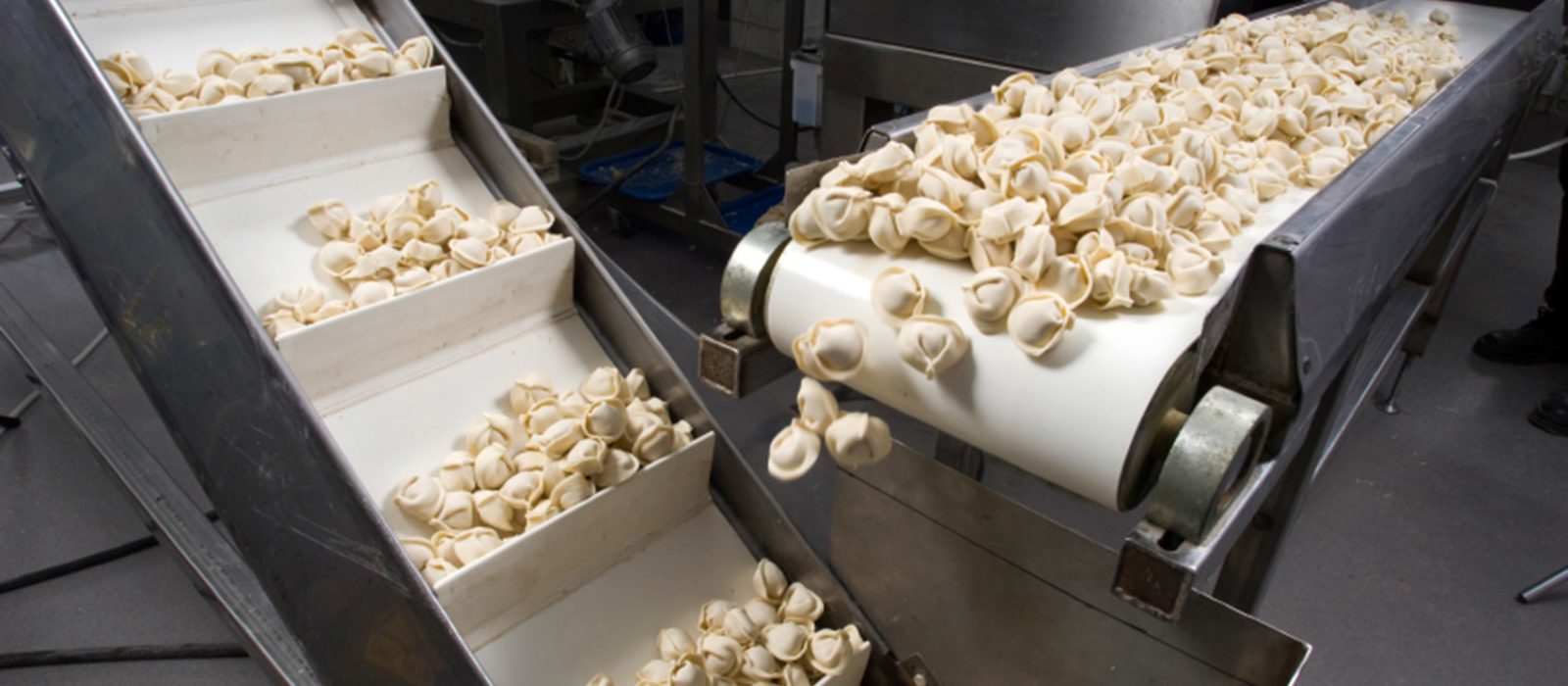
Are All White Food Grade Conveyor Belts the Same?
The short answer is a resounding, “No”. Lightweight food-grade conveyor belts are made with almost endless variations of key features which allow them to be custom fit to your unique application. The food in which they convey always plays a critical role in the proper selection of these belts. Some of the variables include:
Cover
Conveyor belt manufacturers can manipulate the thickness, texture, and adhesion of a belt cover for a seemingly endless list of features and benefits to end users. Matte finishes tend to aid in product release while glossier finishes create more of a suction effect.
Pro Tip #1: Lightly brushing the pad of your thumb across the surface of multiple belts for comparison is a great way to estimate how your product will react to the surface.
Pro Tip #2: Your fingernails are another useful tool to feel the difference between how hard or soft different belts feel. Scratching multiple belt surfaces is the best way to estimate how abrasive applications or belt scrapers may react to a particular belt.
Compound
Have you ever wondered why some belts crack in oily applications? Or perhaps, why do some belts have less carry-over of product on the return side of conveyors? Today’s urethanes and PVC materials can be manipulated for non-stick, anti-microbial, or oil-resistant applications.
Carcass
The carcass (or plies) of the belt are responsible for the strength, stretch, flexibility, and even how much flour or oil gets absorbed into a belt. In addition to offering one, two, or three-ply solutions, various weaves can be supplied for every conveying application.
All Blog Posts